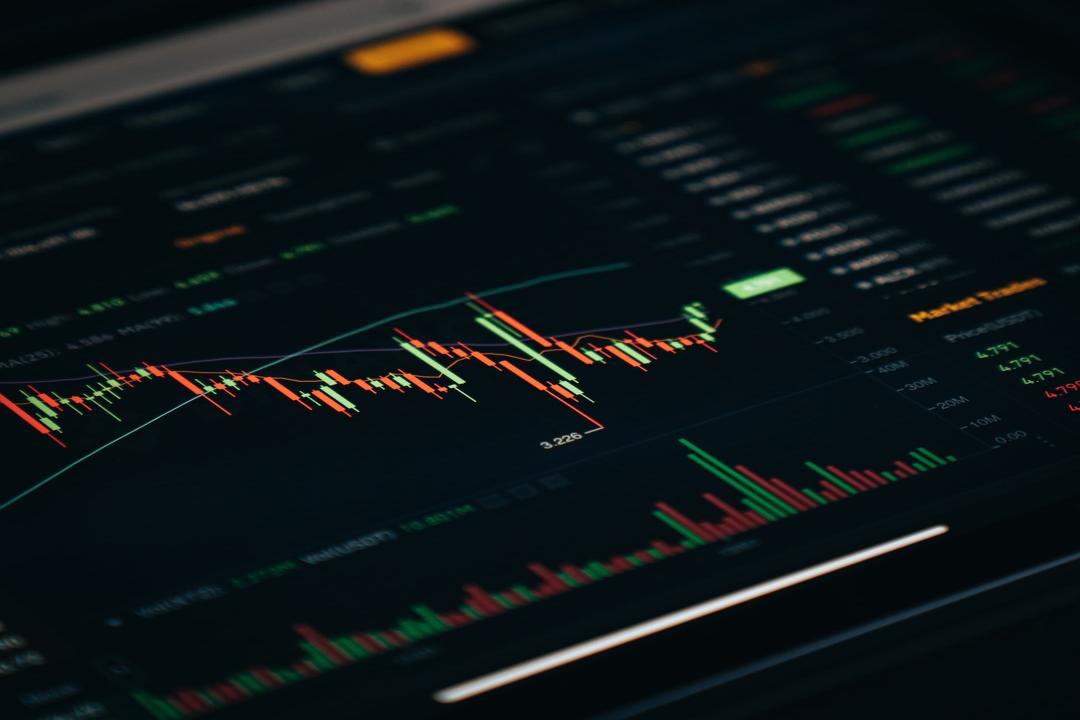Recently, Michael Dell, the CEO of Dell, a renowned American technology company known for developing, selling, maintaining, and supporting computers and related products and services, shared his views on Bitcoin through the social media platform, X. This interaction began with a response from Michael Saylor, the founder of Microstrategy.
It can be said that Michael Dell’s post about Bitcoin sparked a lively discussion among cryptocurrency enthusiasts. Since its founding in 1984, Dell has grown to become one of the world’s largest personal computer suppliers.
On June 21st, Dell tweeted, “Scarcity creates value,” a phrase often associated with Bitcoin because Bitcoin has a supply limit of 21 million while the demand continues to rise.
His tweet quickly caught the attention of Michael Saylor, a prominent advocate for Bitcoin as a corporate financial asset.
However, the real key lies in Dell’s later sharing of an image of the Sesame Street character Cookie Monster, which may have been generated by artificial intelligence or processed through Photoshop, to depict the blue furry character chewing on Bitcoin instead of his usual chocolate chip cookies.
The image was interpreted as a representation of how many of us feel like the Cookie Monster when we see the enticing returns of cryptocurrencies.
Now, this small gesture does not necessarily mean that Dell is about to fully invest in Bitcoin like Saylor, who owns 22,6331 Bitcoins worth $15 billion. But it does make people wonder: has this billionaire tech entrepreneur developed an interest in cryptocurrencies? Perhaps, just perhaps.
Dell’s association with Bitcoin dates back to 2014 when Dell began accepting Bitcoin as a payment method. At that time, Dell was one of the largest e-commerce companies to adopt this strategy. By February 2015, after a successful trial in the United States, Dell expanded its Bitcoin payment option to the United Kingdom and Canada. During this period, Dell also conducted promotions, including offering a 10% discount on Alienware products for customers paying with Bitcoin.
However, things changed in 2017. Despite the initial excitement, Dell stopped accepting Bitcoin payments that year. Due to insufficient demand, the Bitcoin pilot program was terminated, preventing the company from continuing to use this payment method.
That same year, several well-known brands, including Steam, also stopped accepting Bitcoin due to network congestion and high transaction fees. The following year, in 2018, Expedia stopped directly accepting Bitcoin.
While conversing with Saylor, Michael Dell conducted a poll on X, posing the question, “What do you think will be the next major breakthrough in the tech space?” The options provided included quantum computing, artificial intelligence (AI), blockchain, and space technology.
As of 1:09 PM Eastern Time, with 19 hours remaining, blockchain was leading the poll with a 37.6% vote (13,406 votes). Considering there is still nearly a day left, the results could change significantly.
Furthermore, according to a recent filing, as of May 3rd, Dell’s balance sheet showed current assets of $34.6 billion, including $5.8 billion in cash and cash equivalents, with no mention of Bitcoin.
Joe Consorti, an analyst at the global macro research firm Bitcoin Layer, believes that companies like Dell Technologies can benefit from Bitcoin as they have the potential to generate additional cash with the emergence of cost-cutting AI technologies.
He wrote, “During the AI boom, the massive returns these companies have hoarded will provide further buffers to capital allocation, as spending and expansion in the computer manufacturing industry have never been so rapid or intense for decades.” He added, “Dell has $5.83 billion in cash to achieve this goal.”
For companies, even holding a small portion of Bitcoin (e.g., 1%) in their balance sheets can give them a significant advantage in the competition.
For example, if Dell Technologies allocates 1% of its $5.83 billion cash reserve to Bitcoin, which is $58.3 million, based on Bitcoin’s historical annualized return rate of approximately 103.5% over the past decade, this investment could grow to $118.7 million within a year.

